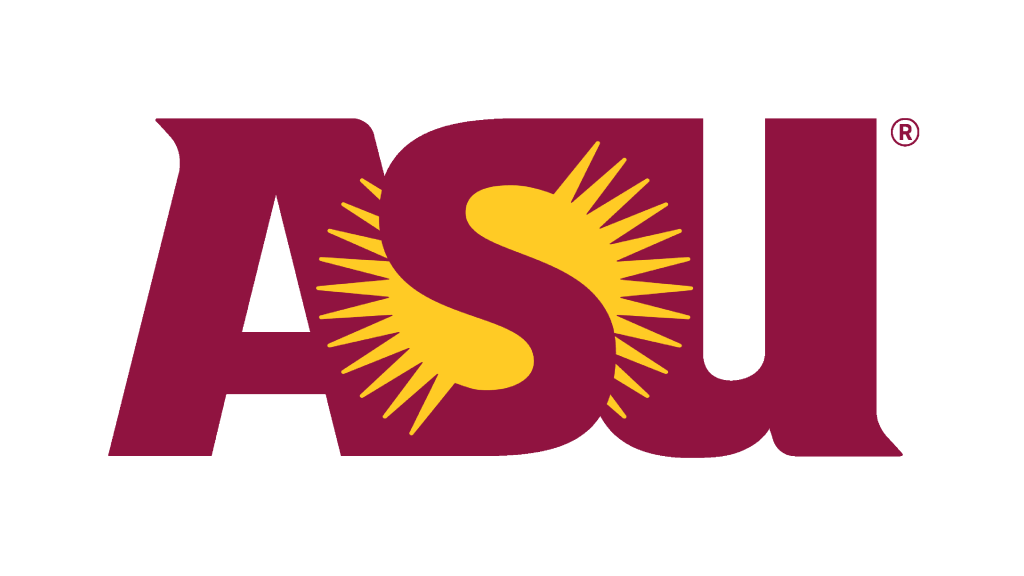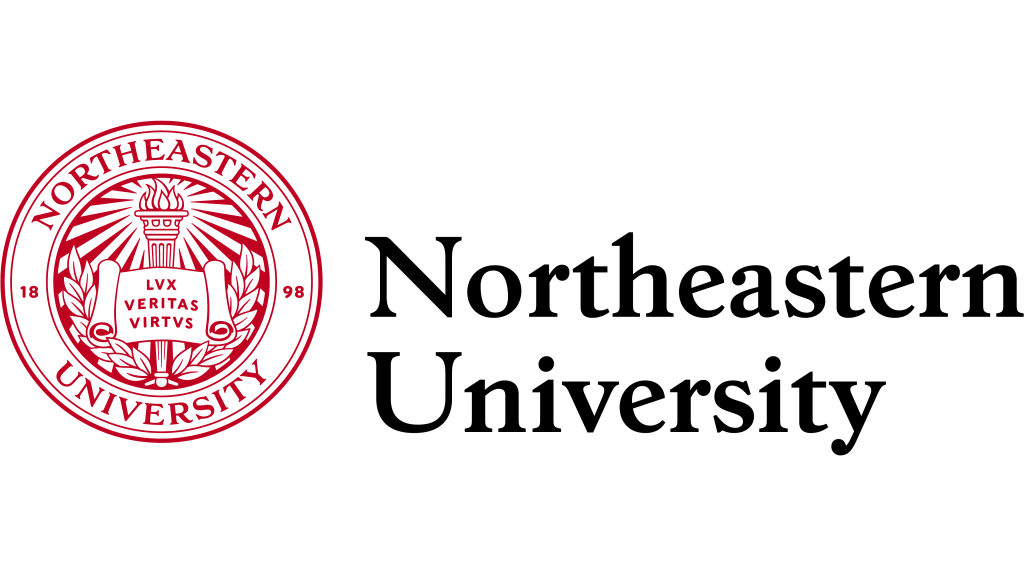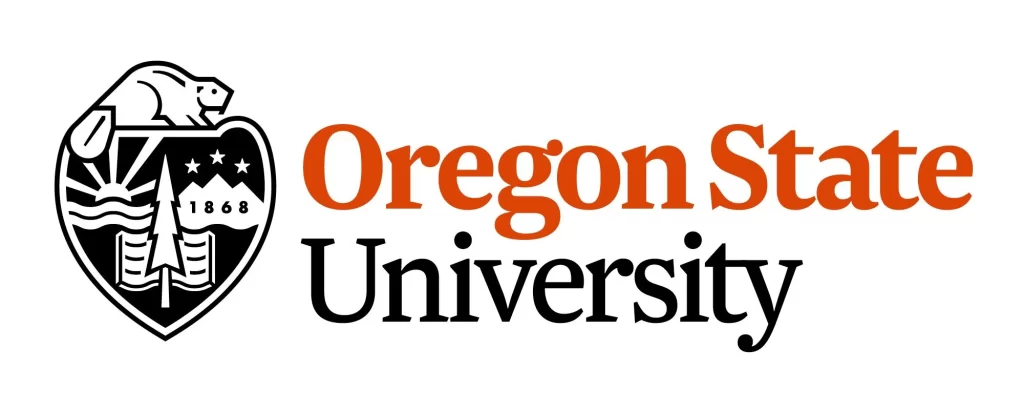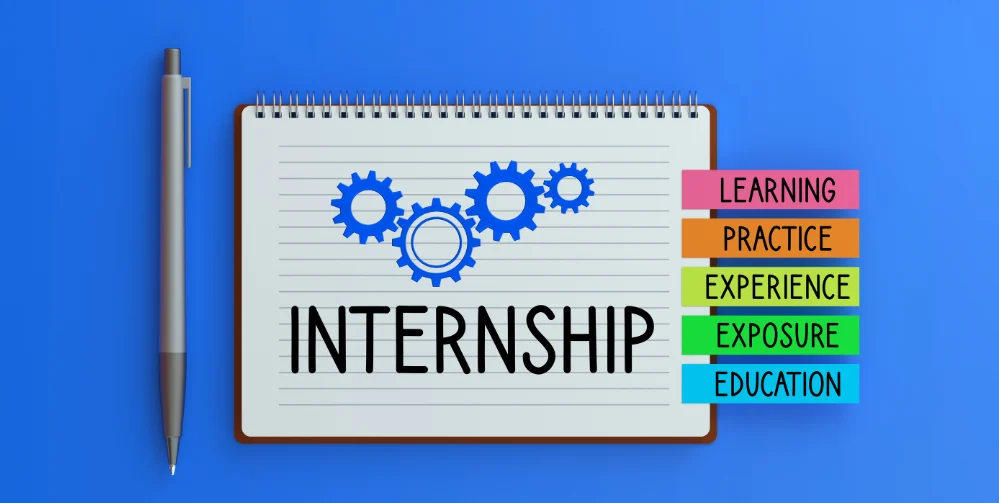International students often face unique challenges when applying to universities in the United States—language barriers, academic gaps, and cultural unfamiliarity. That’s where Pathway Programs come in.
These specialized programs serve as a bridge between your current academic standing and full admission into a U.S. undergraduate or graduate degree. This blog explores what pathway programs are, their benefits, types, top universities offering them, and how to choose the right one.
🎓 What Are Pathway Programs?

Pathway programs are transitional academic courses designed for international students who want to study in the U.S. but don’t yet meet all direct entry requirements. These programs:
- Improve English proficiency
- Offer academic skill development
- Help students earn transferable academic credits
- Ease adjustment to the U.S. education system
They are typically 6 to 12 months long and can be part of either an undergraduate or a graduate degree track.
💡 Why Choose a Pathway Program?
Here’s why they’re a great option:
✅ Conditional Admission: Many pathway programs offer guaranteed entry to degree programs after successful completion
✅ Language Support: Includes ESL (English as a Second Language) training
✅ Academic Readiness: Develop skills in academic writing, presentations, and research
✅ Small Class Sizes: More one-on-one attention
✅ Credits Toward Degree: Many programs offer transferable academic credits
🧩 Types of Pathway Programs
1. Undergraduate Pathway Programs
- Designed for students who do not meet the direct admission requirements for a bachelor’s degree.
- Typically count toward Year 1 of the undergraduate degree.
2. Graduate Pathway Programs
- For students who need to improve academic or language qualifications for a master’s program.
- Often includes courses in research writing, public speaking, and GRE/GMAT prep.
3. Pre-MBA or Pre-Master’s Programs
- Ideal for students targeting business schools.
- Include academic foundation courses and professional English.
4. Hybrid Pathways (Online + On-Campus)
- Start online from your home country and transition to the U.S. after a semester.
Top U.S. Universities Offering Pathway Programs
Here are some well-known institutions offering robust international pathway programs:

Arizona State University (ASU Global Launch)
Strong programs in business, computer science, and engineering.

University of Illinois Chicago (UIC Global)
Offers supportive undergraduate and graduate tracks.

Northeastern University (Global Pathways)
Best for students interested in business, analytics, and technology.

Oregon State University (INTO OSU)
Comprehensive pathways for STEM-focused degrees.

University of South Florida (USF Pathway)
High rate of progression into master’s and bachelor’s degrees.
🎯 Who Should Apply?
Pathway programs are ideal for you if:
- Your IELTS/TOEFL scores are slightly below the requirement
- You lack specific academic subjects or GPA minimums
- You want conditional admission to a top U.S. university
- You prefer a guided transition into U.S. academic life
📋 Admission Requirements
- Valid academic transcripts (high school or bachelor’s)
- IELTS/TOEFL/Duolingo scores (requirements vary by program)
- Statement of purpose
- 1–2 letters of recommendation
- Proof of financial support
- Passport copy
💰 Cost & Scholarships
- Typical Cost: $15,000–$35,000 per year
- Scholarships: Offered based on academic performance, leadership, and financial need
- Application Fees: Ranges between $50–$100
🧭 How to Choose the Right Pathway Program
- ✅ Ensure the program leads to your desired major
- ✅ Check if you’ll earn academic credits
- ✅ Look for schools with high progression rates
- ✅ Confirm visa eligibility
- ✅ Compare cost of living and part-time work options
📌 Final Thoughts
Pathway programs in the USA offer more than just academic access—they’re a gateway to confidence, success, and global opportunities. They’re especially valuable if you’re aiming to study at prestigious U.S. institutions but need time to adapt to the system.
From undergraduate pathways to Pre-MBA programs, these routes empower students to thrive—not just survive—in American universities



